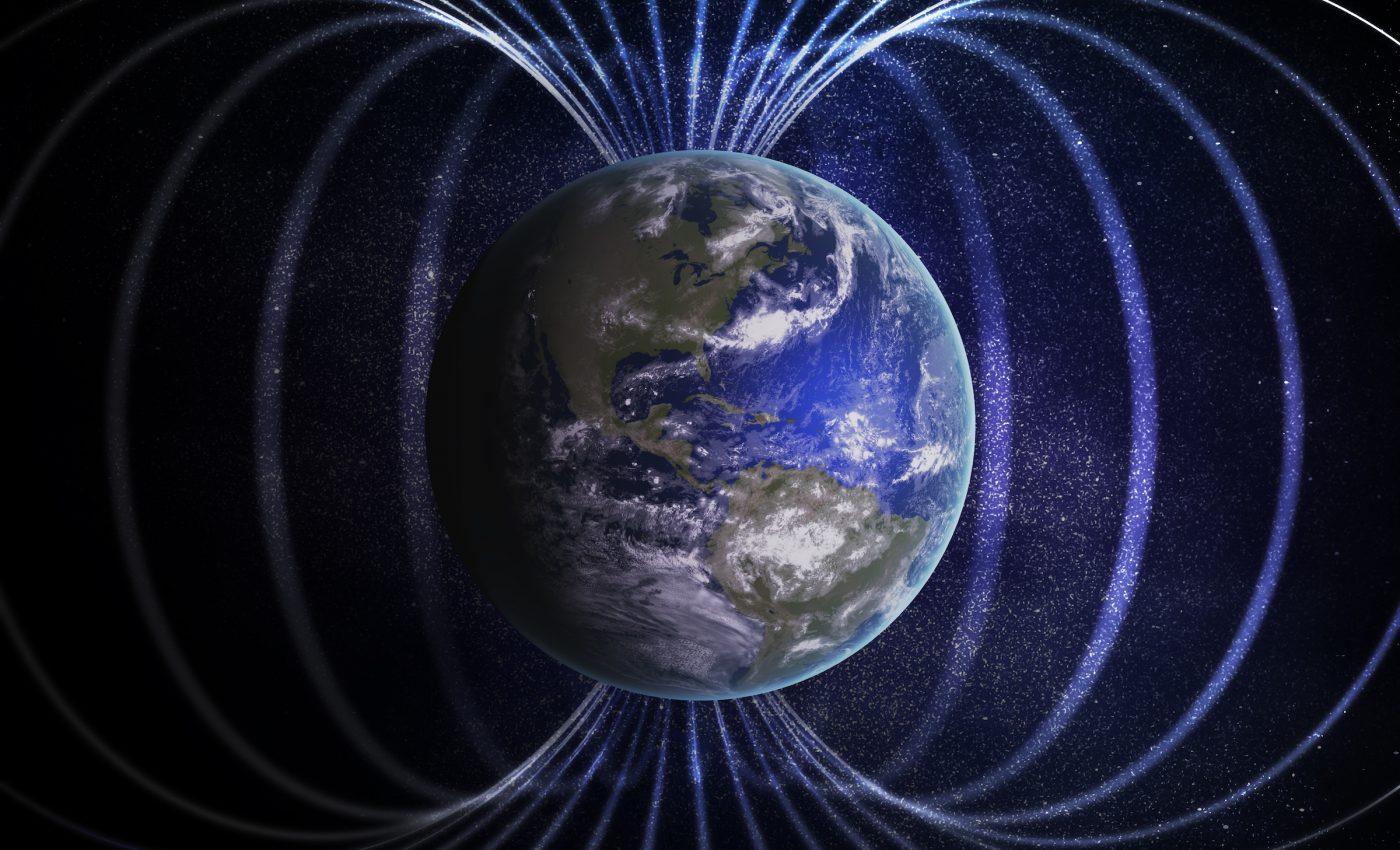
Earth’s magnetic field nearly collapsed 565 million years ago
A new study led by researchers at the University of Rochester has found that the Earth’s magnetic field was “on the verge of collapse” around 565 million years ago. This would have allowed solar wind to diminish the atmosphere and expose the planet to harmful radiation.
The researchers discovered that the planet’s core solidified just in time to recharge the Earth’s magnetic field. The study sheds new light on the formation of the inner core and confirms the theory that it is relatively young.
“An enduring mystery about Earth has been the age of its solid inner core,” wrote the study authors. Scientists have speculated that it solidified anywhere from 500 million to 2.5 billion years ago.
The research team, which was led by palaeomagnetism researcher Richard Bono, analyzed individual crystals of plagioclase and clinopyroxene that formed 565 million years ago in what is now Quebec.
When the experts reconstructed the timeline of the Earth’s solidification, they discovered that there was a large amount of magnetic reversals occurring at the same time, leading to record low geomagnetic field intensities.
In an article for News & Views, Peter Driscoll explained that “the nucleation of the inner core may have occurred right in the nick of time to recharge the geodynamo and save Earth’s magnetic shield.”
Driscoll said the weak magnetic field 565 million years ago was previously misinterpreted as being the result of “rapid tectonic motion, hyper-frequent polarity reversals, and even an equatorial dipole.”
“A young inner core is consistent with thermal history models of the Earth that predict a large transfer of heat from the core to the mantle due, indirectly, to upward revisions to the thermal conductivity of the core.”
The study findings may improve the search for alien life by giving astronomers a new glimpse into how planets form that can sustain life.
The research is published in the journal in Nature Geoscience.
—
By Chrissy Sexton, Earth.com Staff Writer













